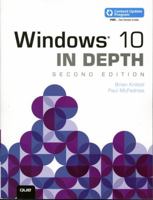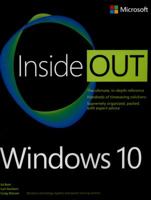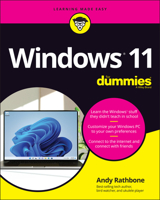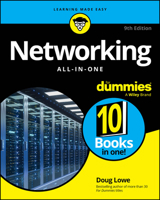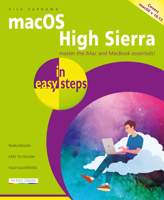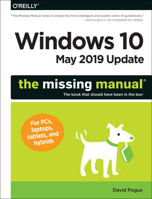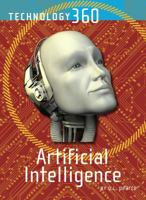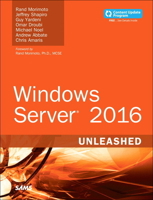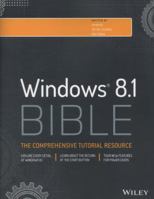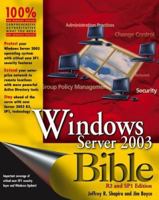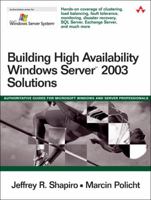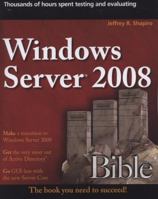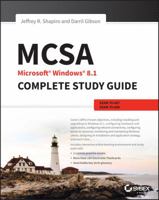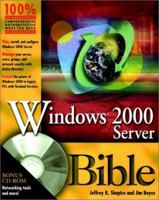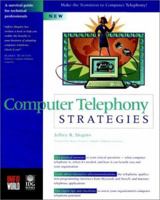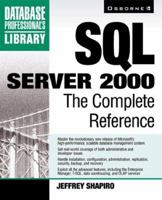Visual Basic .Net: The Complete Reference [With CDROM]
Select Format
Select Condition 
You Might Also Enjoy
Book Overview
Customer Reviews
Rated 5 starsProject Lead/Software Developer
You have to read this book, before you spend thousands on a VB.NET course.I read Mr Shapiro's first VB.NET book in late 2001 and made up my mind that I needed to make the move from VB to VB.NET asap. I am a VB/ASP programmer still struggling with OO design concepts and patterns, and I find his insight into the software development and design process quite remarkable indeed. He writes with a wit and with metaphors I have not...
0Report
Rated 5 starsGreat Book!
Simply put, this book is amazing. In order to take fully advantage of the .NET Muscle, you need a full understanding of the .NET Framework. This book will take you there. The chapter that covers the differences between Value Types and Reference Types is hands down the best I've read. Mr. Shapiro has a gift for writing, so be sure to take advantage of it.- MKP
0Report
Rated 5 starsA must-have book despite being mis-titled
If you really want to know they whys, hows and wherefores of Visual Basic.Net and the .Net framework in general then you should read this book.However, it is not really a reference, like a dictionary. It is a well-written, carefully thought-out explanation of Visual Basic.Net and the .Net framework.There are several chapters on important concepts like delegates, data structures and design patterns and why they are used. You...
0Report
Rated 5 starsExtremely Useful Knowledge
If you are new to programming or if you want to find a book that introduces you to key concepts. You need this book. Mr. Shapiro introduces the new .net platform by giving you a summary of all the components that go into the framework. He provides you with a robust but concise understanding that will guide your programming in such a fashion to promote full use into the potential Microsoft is offering. Without this understanding...
0Report
Rated 5 starsFive stars to mastering Visual Basic .NET
When I started investigating Visual Basic .NET it became clear that the "complete reference" could run to thousands of pages and still not teach you how to program in Visual Basic .NET. I have thus devoted most of this book to five critical areas: Inheritance, interfaces, aggregation, delegates and the core. Concentrate on these five elements, the five stars of this book, and you'll soon be writing the software you never thought...
0Report











![Paperback Visual Basic .Net: The Complete Reference [With CDROM] Book](https://i.thriftbooks.com/api/imagehandler/m/DCE7EFEEA5C762802B985B7022B7568D76044E80.jpeg)


